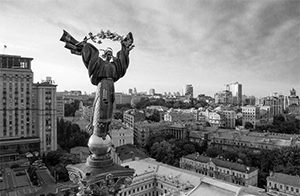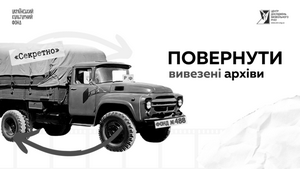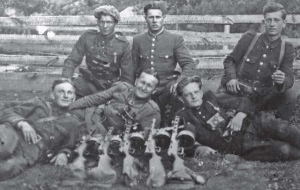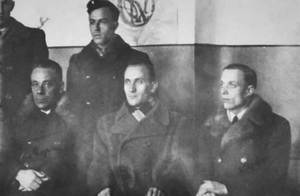Babyn Yar. The museum of horrors directed by Khrzhanovsky
Certain areas of the exposition will be connected by corridors in complete blackout, through which visitors will be led by blind guides. Different physical elements will be present at the corridors, which will have a strong emotional impact on the visitors. For example: sounds, feeling of wetness around, low temperature, metal, soft floor, smells and uncertainty regarding the length of the route.
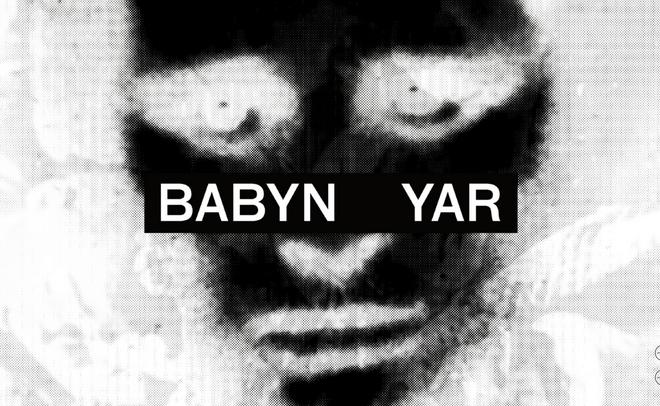
"Istorychna pravda" has been tracking news and public debates related to the memorialization of memorial sites in Babyn Yar in Kyiv for years. It is a world-famous site of tragedy and pain, one of the symbols of the Holocaust. But not only that, it is the location of extrajudicial executions of Soviet prisoners of war, Ukrainian nationalists, Romas, the mentally ill, priests and other Kyiv`s citizens by Nazis and their allies.
Recently, Babyn Yar has been a "hostage" to a scandal involving the DAU film project by Russian director Ilya Khrzhanovsky, who has been working as the artistic director of the Babyn Yar Memorial Center since the end of last year.
It is normal to give controversial and complementary evaluation of a work of art. However, media reports about the circumstances of the filming have already led to the opening of criminal proceedings by juvenile prosecutors in Kharkiv for "tortures, as well as production or distribution of works promoting the cult of violence" (Part 2 of Article 127, Part 3 of Article 300 Criminal Code of Ukraine).
What happened on the set was called in some publications not so much an artistic as a social experiment. Part of the criticism of the director's methods is transferred to the future of the memorial center Babyn Yar.
"Istorychna pravda" has received a file with the presentation of the concept of the future of the museum, developed by Khrzhanovsky's team.
Now the reader will be able to get an impression of what kind of social experiments the citizen of the Russian Federation Khrzhanovsky intends to conduct on the visitors of the site of the catastrophe of Jews of Kyiv, what the philosophy of the project and the tools to achieve the goal are.
We encourage historians, psychologists, museum specialists to take part in the discussion.
Philosophy
Turn the forgotten into the remembered.
Reflect on the present through the past.
Intertwine artistic, performative, spiritual social, educational and research actions.
Treat the territory holistically.
Engender change via deeds.
Tailor strong personal experiences within the exhibition space to the individual, not a one size fits all museum visit.
Confront visitors with their true selves in the proposed circumstances.
Provide multiple layers of experiences and unforgettable encounters.
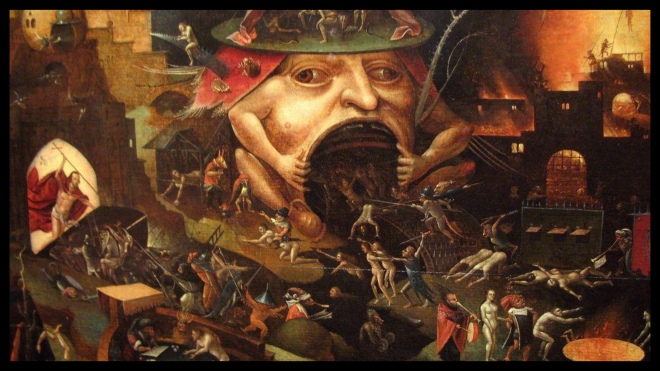
Journey to the unknown
The visitor who embarks on this journey will be rewarded with insights into all aspects of life. They will be confronted with thoughts and emotions that they themselves may have, but are not able to experience in such a condensed and intense way.
They will be viewing themselves as if through a magnifying glass, hyper-reality transcending reality, a manifestation of the self, seen in another's face.
This pixelated mirror reflects the human condition in all its infinite multifaceted shapes, encompassing beauty, violence, horror, tenderness – a world within a world.
The visitor journeys within this world as if passing through a highly charged catalytic converter.
They may come to sudden realisations that change their view of themselves or their social condition, sparking a change of heart. They may experience moments of fluidity in which a deeper knowledge and understanding of things beyond the world of appearances manifests itself.
Transparency
All the transactions will be visible.
All the development plans, meetings, documentation will be accessible for public.
Kyivans will be invited to participate in the discussion related to the main strategic decisions.
There will be a voting system established.
Creation of the live TV, radio and internet YouTube channels will be core elements.
Concept of total transparency will raise awareness of the project development and exclude negative public opinion around project donors and rumours about hidden agenda.

Babyn Yar: holistic concept of architecture, exhibition design and landscape
In developing the concept, we have considered the museum in the context of the territory of Babyn Yar – not only as a physical and historical site, but also as a social environment.
Taking this environment into account, the concept for the museum sees a need for interaction with people for whom the territory of Babyn Yar is the main recreational park, with Kiev I.P. Pavlov City Psychiatric Hospital No. 1, with residential areas, kindergartens, schools and the exit from Dorogozhichi metro station, amongst others.
We will develop a concept for the wider area of Babyn Yar, of which the museum will be one component, alongside its landscape, social, cultural and historical elements.
The process will begin with workshops and individual meetings with leading architects, artists, exhibition designers and museum curators.
Our approach will require deep personal involvement of all parties in the themes of this project. This commitment to and deep emotional involvement in the subject matter will inform the selection of architects, artists, designers and curators (creative team).
The workshop will result in the appointment of the main architect and artists who will lead the design project, and furthermore, there will be an opportunity for those individuals who have developed a deep emotional connection with the subject matter, but who will not go on to lead the project, to continue to participate as part of a wider artistic board.
All drawings, plans and artistic ideas developed during the 6 month workshop stage will be presented in an exhibition in the temporary museum.
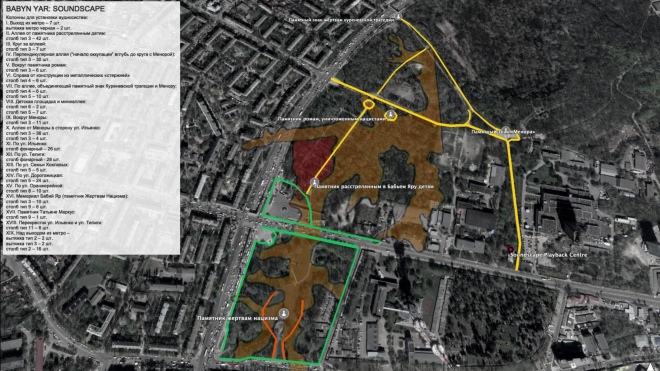
In 1941, Jorge Luis Borges wrote the short novellas "An Examination of the Work of Herbert Quain" and "The Garden of Forking Paths", which deal with the theory of the existence of parallel worlds, through the multi-variation text of the stories.
Borges intertwines fictitious stories with references to actual facts and documents, which creates an illusion of the veracity of the events. He allows for the possibility of the criss-crossing and intertwining of timelines so that the world appears to be a vast, never-ending maze.
These stories became the prototype for the so-called Gamebooks, popular in the 1970s. Gamebooks were constructed in such a way as to allow the reader to participate in the development of the plot.
The reader's movement through the book was not linear; it depended on the rules of the game, chance or the direct choice of the reader. For example, the reader could move through the book by throwing a die, and then chance would direct them through the pages of the story.
Sometimes, the author would offer the reader the possibility to choose their own role in the book and move only behind their chosen character, observing the world from their point of view.
The reader was provided with a certain code at the end of a paragraph or chapter, which would send him to another page; thereby the sequence, and hence the interpretation, would be created by the readers themselves. In a book like this, the author would merely offer suggestions, but would not dictate the reader's route.
Gamebooks preceded quest video games, which also allow for variation in the visitor's route. Each new turn in the development of the plot depends on an action by the visitor.
Labyrinth
Concept of the labyrinth is one option for the construction of the visitor's experience of their journey through the museum. This concept offers the possibility of reflection on both exposition and architecture concept.
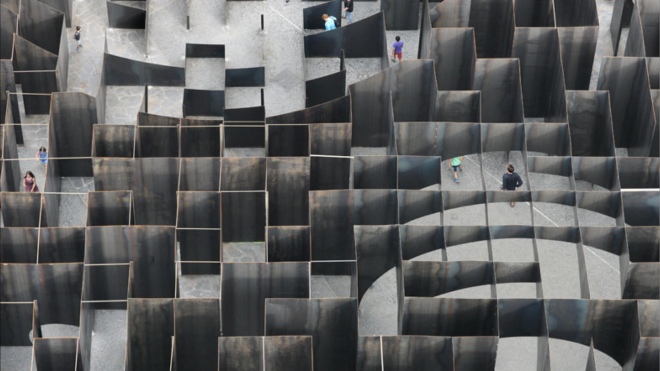
Methods
Act now
Launch multidisciplinary activities prior to the opening of the museum.
Co-authors
Engage international and local authors with strong personal involvement.
Public
Engage the public through high-impact social projects create a hub.
Collaborative approach in architectural and exhibition design
The method of working with architects, artists, exhibition designers and museum curators will not be based on a traditional client-consultant relationship, but a genuinely collaborative co-creator relationship.
Use of modern technology
Such as psychometric algorithms, facial recognition holograms, virtual reality.
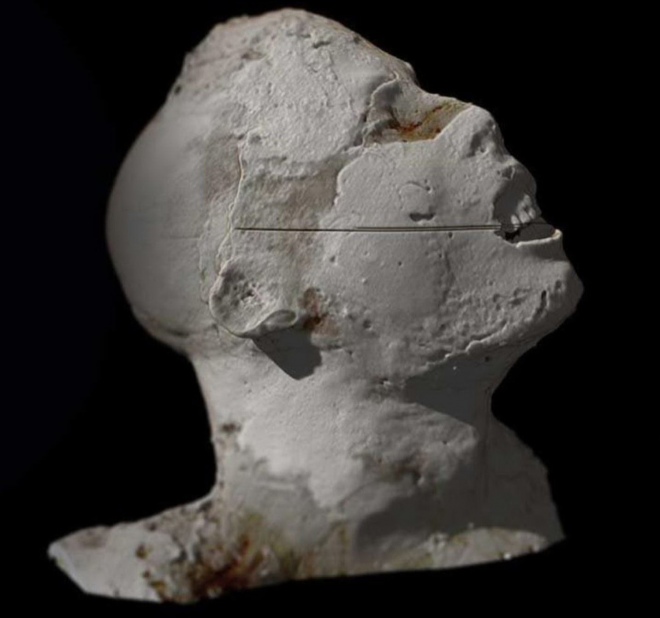
Exposition ideas
Unique personal experiences
Visitors' journeys differ based on the personal score.
Immersive performances
Immersive theater is a performance form emphasizing the importance of space and design; curating tangible, sensual environments; and focusing on personal, individual audience experience.
Ethical dilemmas
Social and psychological experiments where an ethical dilemma is the core element.
Examples of zones and spaces
Reconstructed Worlds.
Historical Narrative Zone: Babyn Yar.
Personal Stories Zone: hologramreconstructed interviews.
Virtual Reality Zone: interactive role based experiences.
Genocide Space: from ancient times to modern era.
Kindergarten.
Research and Educational Centre.
Praying Hall.
Ritual Eating Space.
Concert Hall.
Rehabilitation Centre.
Personalisation different experiences for different visitors
Online registration process.
Personalisation questionnaire.
Multiple audio guides.
Multiple access levels.
Algorithmic scheduling of the journey.
A different route for each visitor.
Each visitor's experience will be modified based on a simple questionnaire completed on registration.
The visitor's route will initially be determined by whether or not this is their first visit to the exhibition.
The visitor's score will be adapted in response to choices made throughout their visits building a unique data fingerprint.
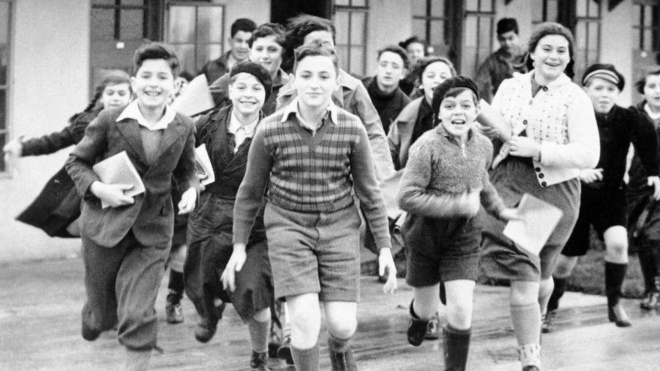
Examples of other routes:
Children and adults will take different routes.
The child's route will be adopted to the age.
Adults will go on a challenging and sometimes shocking emotional journey with ethical choices at its core.
Examples of personality tracking:
Visitors will be given digital RFID cards as tickets.
Facial recognition technology will be used for the smart guidance of the visitors and to create a personal emotional portrait by the end of the visit.
Psychological experiments
On each visitor's journey there will be points at which they will be required to take part in experiments of a moral or ethical nature, requiring them to think and respond to proposed circumstances.
The experiments will be chosen based on the score of the visitor's profile and their previous experience inside the exposition.
Ethical dilemma
Examples of experiments which might be adopted for the project
Stanford Prison Experiment
Milgram Experiment
The Good Samaritan Experiment, by J. M. Darley and C. D. Batson
The Bystander Apathy Experiment by J. M. Darley and B. Latane
The Robbers Cave Study by M. Sherif
The Pygmalion effect by R. Rosenthal and L. Jacobson
The Third Wave Experimental Social Movement by R. Jones
Stanford experiment
The Stanford Prison Experiment (SPE) was a social psychology experiment that attempted to investigate the psychological effects of perceived power, focusing on the struggle between prisoners and prison officers. It was conducted at Stanford University on the days of August 14–20, 1971, by a research group led by psychology professor Philip Zimbardo using college students.
In the study, volunteers were randomly assigned to be either "guards" or "prisoners" in a mock prison, with Zimbardo himself serving as the superintendent.
Several "prisoners" left mid-experiment, and the whole experiment was abandoned after six days. Early reports on experimental results claimed that students quickly embraced their assigned roles, with some guards enforcing authoritarian measures and ultimately subjecting some prisoners to psychological torture, while many prisoners passively accepted psychological abuse and, by the officers' request, actively harassed other prisoners who tried to stop it.
The experiment has been described in many introductory social psychology textbooks, although some have chosen to exclude it because its methodology is sometimes questioned.
The U.S. Office of Naval Research funded the experiment as an investigation into the causes of difficulties between guards and prisoners in the United States Navy and United States Marine Corps. Certain portions of it were filmed, and excerpts of footage are publicly available.
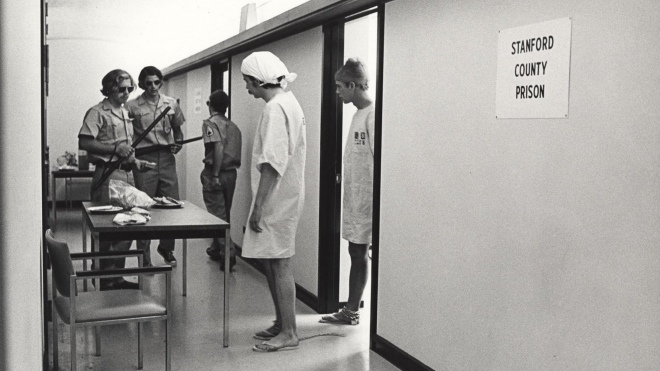
Milgram experiment
One of the most famous studies of obedience in psychology was carried out by Stanley Milgram, a psychologist at Yale University. He conducted an experiment focusing on the conflict between obedience to authority and personal conscience.
Milgram (1963) examined justifications for acts of genocide offered by those accused at the World War II, Nuremberg War Criminal trials. Their defense often was based on "obedience" – that they were just following orders from their superiors.
The experiments began in July 1961, a year after the trial of Adolf Eichmann in Jerusalem. Milgram devised the experiment to answer the question:
Could it be that Eichmann and his million accomplices in the Holocaust were just following orders? Could we call them all accomplices?
Milgram (1963) wanted to investigate whether Germans were particularly obedient to authority figures as this was a common explanation for the Nazi killings in World War II.
Milgram selected participants for his experiment by newspaper advertising for male participants to take part in a study of learning at Yale University.
The procedure was that the participant was paired with another person and they drew lots to find out who would be the 'learner' and who would be the 'teacher.'
The draw was fixed so that the participant was always the teacher, and the learner was one of Milgram's confederates (pretending to be a real participant).
The learner (a confederate called Mr. Wallace) was taken into a room and had electrodes attached to his arms, and the teacher and researcher went into a room next door that contained an electric shock generator and a row of switches marked from 15 volts (Slight Shock) to 375 volts (Danger: Severe Shock) to 450 volts (XXX).
The Bystander Apathy experiment by J. M. Darley and B. Latane
Procedure: An emergency situation is staged in the laboratory (e.g. a woman is in extreme distress), in front of a large group of test subjects, and researchers measure how long it takes the participants to intervene, if they intervene.
Hypothesis: The experiment claims that individuals are less likely to offer help to a victim when other people are present; the greater the number of bystanders, the less likely it is that one of them will help. The factors of ambiguity, group cohesiveness and diffusion of responsibility reinforce mutual denial of a situation's severity.
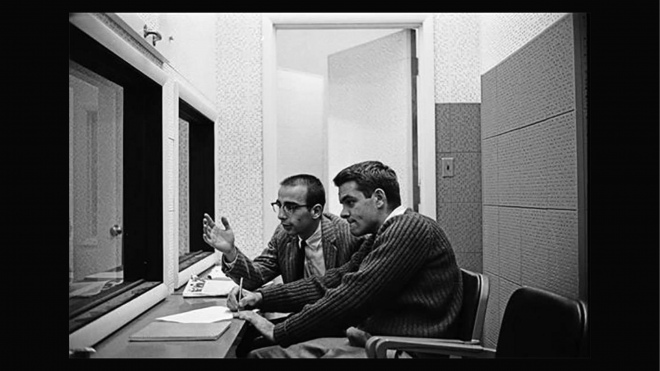
The Good Samaritan Experiment, by J. M. Darley and C. D. Batson
Aim: to find the link between personality traits and the likelihood of helping others in an emergency.
Procedure: seminary students with religious beliefs were tested in building 1 and then were told to urgently go to building 2 to continue the experiment; on the way they encountered a moaning man sitting slumped in the doorway, whose condition was unknown: hurt, ill, drunk?
Results: regardless religious beliefs, the factor of urgency and being in a hurry had a major impact on helping behaviour. In low hurry 63% helped the victim, medium hurry 45% and high hurry 10%.
Robbers Cave Study, conducted by M. Sherif
Procedure: the field experiment involving two groups of 12 year old boys, unknown to each other, from white middle-class backgrounds. Each group was not aware of the other group existence. After a week of bonding period Sherif arranged a competition stage where friction between the groups was to occur over 4-6 days.
Hypothesis: Intergroup conflict occurs when two groups are in competition for limited resources. This study showed that conflict between groups of socially well-adjusted children can trigger prejudice attitudes and discriminatory behaviour.
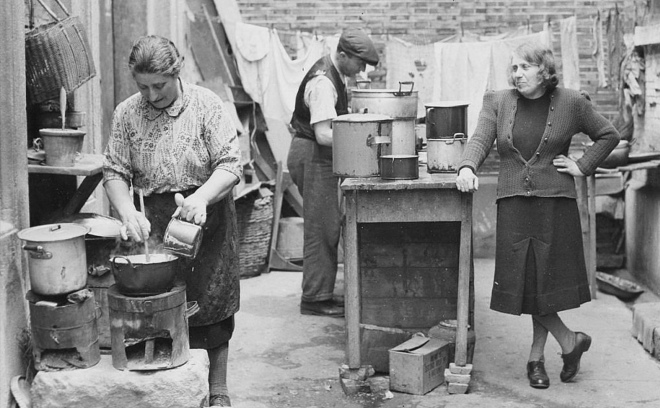
Pygmalion effect, conducted by R. Rosenthal and L. Jacobson
Procedure: All students in a single elementary school were given a disguised IQ test. These scores were not disclosed to teachers. Teachers were told that in the forthcoming year some of their students could be doing better than expected in comparison to their classmates.
The bloomers' names were made known to the teachers. At the end of the study, all students were again tested with the same IQ-test used at the beginning of the study. First and Second Graders showed statistically significant gains favoring the experimental group of "intellectual bloomers".
Conclusion: Teacher expectations, particularly for the youngest children, can influence student achievement. Rosenthal predicted that elementary school teachers may subconsciously behave in ways that facilitate and encourage the students' success.
A corollary of the Pygmalion effect is the golem effect, in which low expectations lead to a decrease in performance; both effects are forms of self-fulfilling prophecy. By the Pygmalion effect, people internalize their positive labels, and those with positive labels succeed accordingly.
The Third Wave experimental social movement, created by R. Jones to explain how the German population could accept the actions of the Nazi regime
While he taught his students about Nazi Germany during his "Contemporary World History" class, Jones found it difficult to explain how the German people could accept the actions of the Nazis, and decided to create a social movement as a demonstration of the appeal of fascism.
Over the course of five days, Jones conducted a series of exercises in his classroom emphasizing discipline and community. As the movement grew outside his class and began to number in the hundreds, Jones began to feel that the movement had spiraled out of control.
He convinced the students to attend a rally where he claimed that the classroom project was part of a nationwide movement, and that the announcement of a Third Wave presidential candidate would be televised.
Upon their arrival, the students were presented with a blank channel. Jones told his students of the true nature of the movement as an experiment in fascism, and presented to them a short film discussing the actions of Nazi Germany.
Corridors of absolute darkness
Certain areas of the exposition will be connected by corridors in complete blackout, through which visitors will be led by blind guides.
The length of the route will vary between 2 to 50 meters.
This immersive experience will let visitors gain some sense of the feeling of being different, of being blind, and of what it is to truly trust another.
Different physical elements will be present at the corridors, which will have a strong emotional impact on the visitors. For example: sounds, feeling of wetness around, low temperature, metal, soft floor, smells and uncertainty regarding the length of the route.
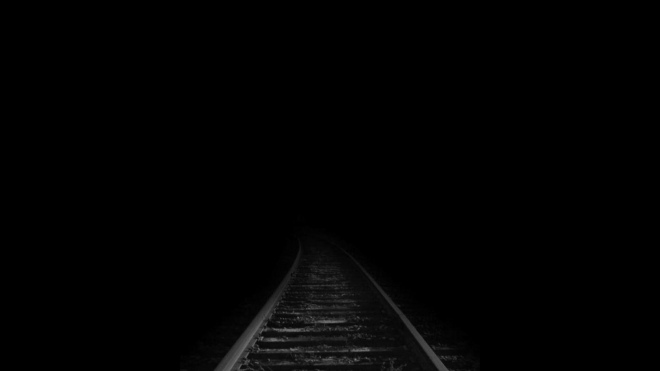
Examples of different spaces
Reconstructed worlds
Immersive reconstruction of the space where the Jews of Kyiv lived before World War II
Visitors will spend an extended period of time here. Both the everyday and significant events in the life of the Jews of Kyiv before the Nazi occupation will be reconstructed, allowing descendants to spend time in places that were significant to their ancestors, participating in everyday or important events and experiencing through objects and daily routine the life that was destroyed.
Volunteers and visitors will live and work on the territory of the memorial. They will be required to preserve meticulously all elements of dress, hairstyle and even mundane lifestyle of a pre-war city of Kyiv.
Special part of the reconstruction worlds will be the kitchen where the food of different social groups will be cooked.
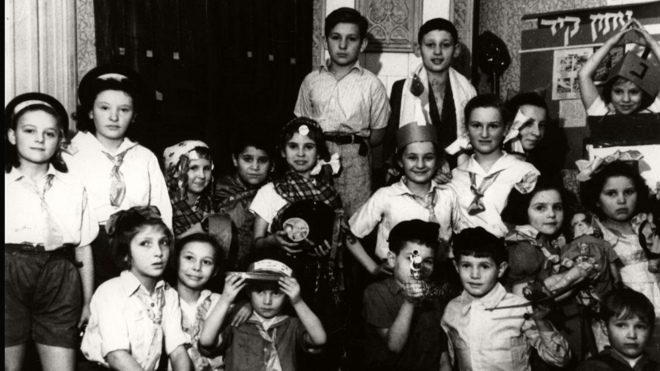
Historical narrative zones
Interactive spaces presenting stills, footage, digital and physical objects documenting the history of the tragedy of Babyn Yar and the Holocaust.
Personal stories zone: hologram-reconstructed interviews
Holograms will be used as realistic projections of people from the past telling the stories of their lives.
Projections will be created based on documentary materials collected for the Steven Spielberg project.
New technology allows us to create highly realistic objects.
Depending on their personal score, visitors may encounter doubles from the past.
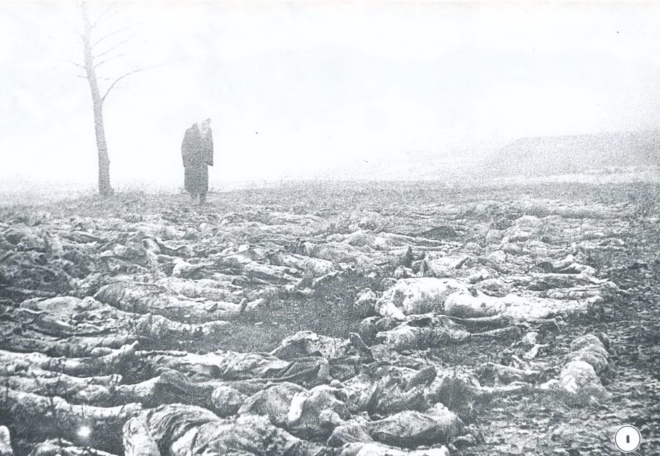
Greek masks
"Revive and relive" the catastrophic event from the perspective of an insider, a truly cathartic process with the purifying effect of being in a memorial space.
Virtual Reality (VR) headsets can be used to enable contemporary audience to experience the historic tragedy of mass extinction in a way that resembles the usage of masks in Ancient Greek tragedies.
By putting a VR headset on you become a masked character of a tragedy and revive a catastrophic event from the insider perspective.
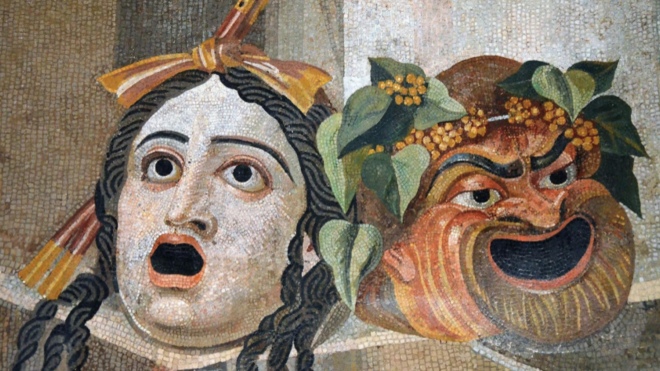
Virtual reality zones
VR is an example of technology that immerses people in a strong emotional state.
VR allows to place a person in an a constructed environment where they experience the circumstances that victims of the tragedy had to endure. This enables to fully immerse the viewer in a convincing reconstruction of events.
We will offer various VR role based journeys, placing visitors in the role of victims, collaborators, Nazis and prisoners of war who had to burn corpses, amongst others.
Deepfake
Deepfake (a portmanteau of "deep learning" and "fake") is a technique for human image synthesis based on artificial intelligence.
It is used to combine and superimpose existing images and videos onto source images or videos using a machine learning technique known as generative adversarial network. The phrase "deepfake" was coined in 2017.
Because of these capabilities, deepfakes have been used to create fake celebrity pornographic videos or revenge porn. Deepfakes can also be used to create fake news and malicious hoaxes.
In combination with VR, Deepfake technology will create a link between the visitor and role playing journeys, so that visitors may recognise themselves within the VR experience.
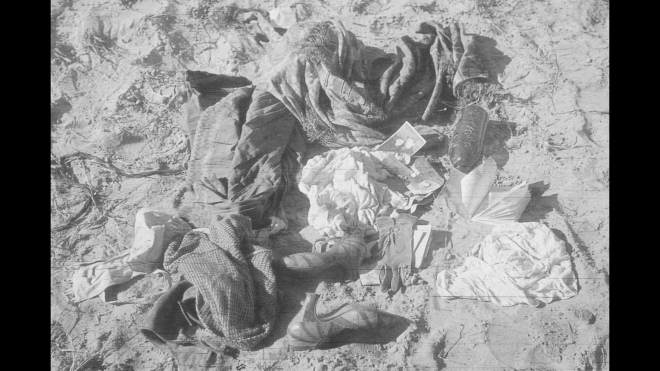
Genocide space: from ancient times to the modern era
A separate space dedicated to the theme of genocide, featuring a multi-screen display of places in the world where genocide has taken place or is ongoing, or places in which human life is devalued by the political regime (such as Syria, Yemen, Donbass), from ancient times to the current day.
Guatemala
China
Cambodia
Rwanda
End of the exposition: playground
End of the exposition
The end of the exposition will be life affirming and the visitor's journey will conclude in light and with hope for the future. It is this bright conclusion which gives us the moral and ethical grounds for taking visitors on an emotionally demanding journey.
As an example, we are developing the idea of an open urban playground which will be situated at the exit of the exposition, with attractions designed by prominent artists and world class sculptors.
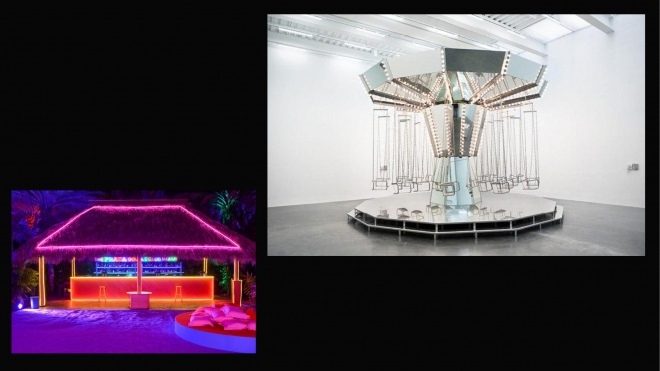
Food as conceptual experience
The type of food served will be tailored to each individual visitor's profile. Based on their profile score, visitors will be offered the types of food which were available to different groups during the Second World War in Ukraine – for example for prisoners, Germans and collaborators.
There will also be special foods served taking into account Jewish and Christian mourning traditions.
Food will be cooked in the Reconstruction Worlds as a part of the experience.
Visitor's presence in the space will have some conditions such as absolute silence.
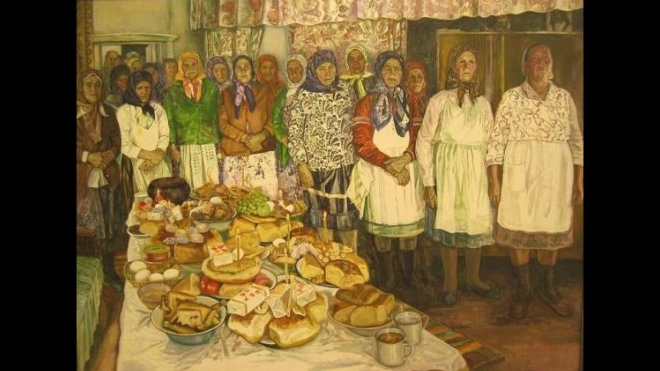
Landscapes
Research and education centre
Research and Educational Centre is a venue for scientific events, Holocaust conferences and programmes which brings together the descendents of both victims and collaborators, with the aim of facilitating reconciliation and rehabilitation through dialogue.
We will create a Place of Memory of the Trauma – this space will not be a part of the exposition, but will be a safe place where memories and family stories about the Holocaust can be shared.
Psychological specialists working with Post-Traumatic Stress Disorder (PTSD) will be available to provide support. This will be a place to remember the tragedy of Holocaust.
It will also be a place to remember the countless wars and tragedies, past and ongoing, which have left behind many psychologically scarred people. Here the legacy of the tragedy of Babyn Yar can communicate with that of other tragic events of our time.
Our main educational principles
Developing critical thinking, deepening sensitivity towards the social processes that led to racism, anti-Semitism and the hatred of others.
Developing a humanistic worldview. Learning about the human figure during the Holocaust, encouraging the examination of the human image and the meaning of our choices - past, present and future.
Calling for social engagement. Gaining knowledge of heroism, resistance and rebellion during the Holocaust, and calling on the individual to work for social change in their community as part of shaping their identity.
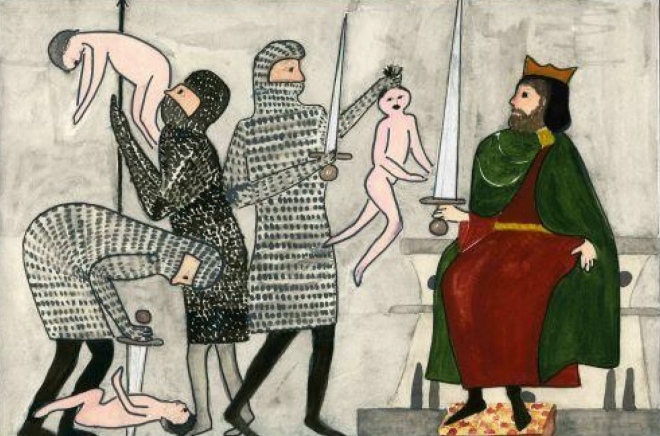
Timeline
2019 (October) - 2020 (March) – Workshops and personal meetings with architects, artists, exhibition designers and museum curators.
2019 (October) - 2020 (March) – Recruitment of core artistic and management teams.
2020 (May) – Launch of early Act Now series of projects and flashmobs.
2020 (September) – Launch of hubs, lectures and conferences engaging locals and people all around Ukraine.
2020 (April) – General concept developed and approved by the board.
2020 (June) – Appointment of leading architect and exhibition designer, approved by the board.
2020 (June - October) – Architectural, exposition and landscape design stge.
2020 (April - October) – Appointment of team of specialist technological consultants for production of high tech elements of the museum exposition.
2020 October – Full architectural concept developed and approved by the board.
2019 (October) – 2020 (October) – Coordination and negotiation with stakeholders of the existing elements of the Babyn Yar National Park, the Kiev I.P. Pavlov City Psychiatric Hospital No. 1, St Cyril's Monastery and the Dorogozhichi metro station.
2021 (September) – Opening of temporary museum
12 month results
Initiated projects, workshops and collaborations will help to achieve the main goals:
Actualise the subject of the babyn yar to the public.
Establish ways of communication around the project.
Finalise master plan of the exposition.
Finalise architectural concept.
Finalise landscape concept.
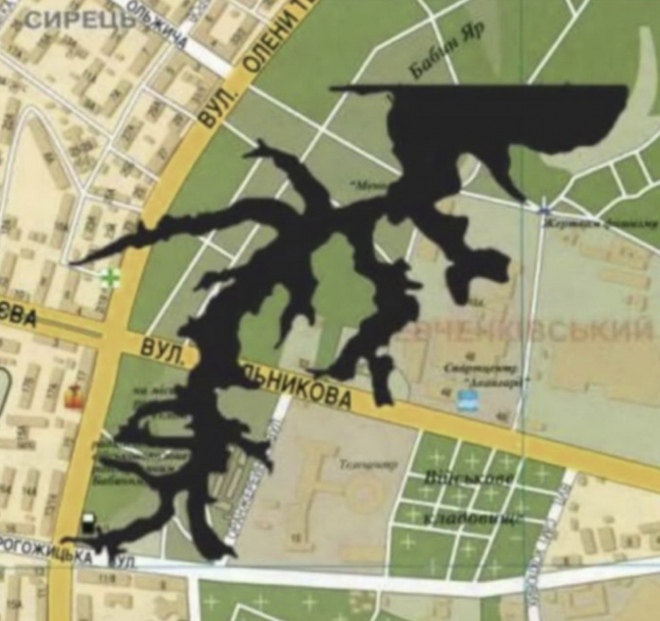
Examples of early stage projects
Interview projects
The objectives of the Interview are to form a group of Ukrainians, particularly Kyivans, loyal to the project, to raise awareness of and involvement in the project among citizens and to create content for future release and social networks / media.
The Interview project will create a broad portrait of the vision of the future of modern Ukrainians, based on their past and present. Interviewees will be given an opportunity to reflection issues of a personal and existential nature, both of which are fundamental in the life of any person.
The theme of memory and oblivion, and of the Babyn Yar tragedy, are cornerstones of the identity of modern Ukrainians. Interviews will be conducted by a group of trained Ukrainian directors and journalists.
This activity will be divided into two main parts: interviews conducted on the territory of Babyn Yar with local residents and those who are personally acquainted with the team, and interviews with Kyivans, regardless of their place of residence.
Total audio installation
The goal of the total audio installation is to increase the level of awareness and involvement, as well as to create deep emotional impact. A multi-channel audio system installed in the territory of the Babyn Yar reserve will create sound scenes connected to events in Babyn Yar at different times, affecting the audience emotionally and physically.
Existing architectural structures will be used to install audio systems: lampposts, ventilation systems, power lines etc.
Approximately 200 audio systems will be installed. Communication will be carried out through the connection of structures both at height and underground. A media server with 64-channel audio output interface will be used as playback system.
The system of amplifiers transmitting an audio signal using a carrier voltage of 100V will allow the use of long transmission lines of an audio signal without audio interference. The low current of such systems makes them safe in the event of a rockfall.
Examples of soundscape projects
Names. On mass execution days, the names of all known victims are read out. Numbers will be called for unnamed victims.
On verified execution days, a siren and shots will sound, indicating a minute in memory of the tragedy.
Well known cultural figures of Ukrainian and Jewish origin will read fragments from memoirs, testimonies and historical documents.
Recordings of real voices from archives.
Daily / hourly sound commemorating the victims of Babyn Yar.
Musical works dedicated to the memory of the victims of Babi Yar.
Daily prayers from different religions in different languages.
The general background soundscape of the installation will feature sounds from the 30s, from the Central State Film and Photo Phono Archive.
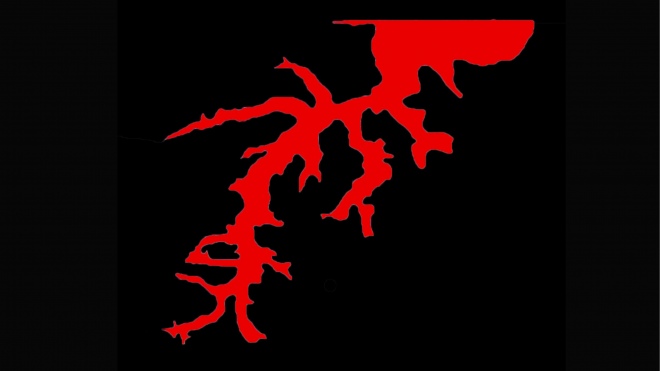
Immersive audio promenade
Babyn Yar - immersive audio promenade in collaboration with Rimini Protokoll (Germany) and U!Zahvati (Ukraine).
An immersive audio performance on the site of the Babyn Yar tragedy, in which viewers become intimate witnesses and participants in the tragedy itself.
Remote X – an immersive audio promenade / travel performance for 50 people, released in 20+ countries.
The Ukrainian partner of Rimini Protokoll within the framework of the Remote: Kiev project is a company that creates immersive performances outside the theater space of U!Zahvati:
"people who create such things open up completely new emotions for you. They force to rise from the theater chair and dissolve in the action, unfolding against the backdrop of the scenery of his native city. And these feelings really deserve applause. Even if you can only clap a voice in your head".
Photo project by Boris Mikhailov
Creation of a photo series by Boris Mikhailov, aiming to reflect the past through the present, displayed on the territory of the project itself. Featured works may also be presented at Mikhailov's exhibitions: Tate Modern, MOMA, Center Pompidou, etc.
Ukrainian authors for Babyn Yar
Involvement of contemporary Ukrainian writers and playwrights to create relevant intellectual content on the theme of Babyn Yar.
Potential authors:
Natalia Vorozhbit, Maxim Kurochkin, Sergey Zhadan, Yuri Andrukhovich, Andrei Kurkov, Artem Chekh, Irina Tsilyk, Boris Khersonsky, Oksana Zabuzhko, Katerina Babkina, Irena Karpa, Andrei Lyubko, Viktor Neborak, Elena Huseynova, Lyubko Deresh, Maria Matios, Les Poderevyansky, Yuri Izdryk, Lina Kostenko.
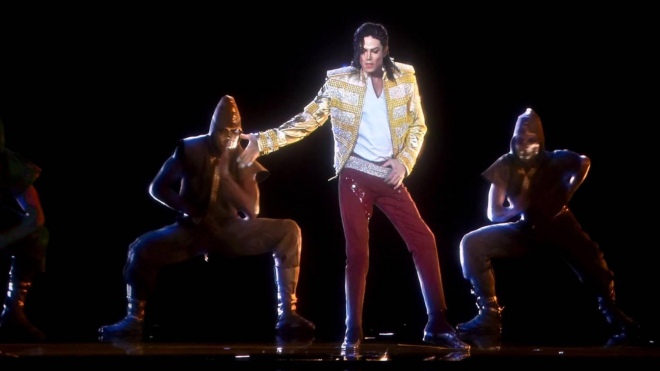
Concerts and performances
A concert series featuring international classical and popular music stars, performing works in the territory of the future Center. Some works will be related to Jewish.
The aim of this activity is to invite various target audiences to the territory of the future center to raise awareness of the topic and increase the level of emotional engagement of students of different ages and socio-cultural backgrounds. This will project an image of the relevance and highly cultural nature of the project.
Live TV broadcasts and internet streamings of the concert will be the key to this activity.
Possible performers: Daniel Barenboim, Eugene Kissin, Gidon Kremer, Vladimir Ashkenazi, Zubin Meta, Theodor Currentzis; Lenny Kravitz, Iggy Pop, Alice Cooper, Kiss, Jamiroquai.
Projects with international world famous artists and opinion leaders
An online campaign and flashmob featuring international world famous artists and opinion leaders, whose viewers who may not have considered their origins, aims to raise awareness of the topic and engage the global community in a process of reflection Celebrities will read memories and testimonies of the time, declaring
"if I were there, I would have been killed".
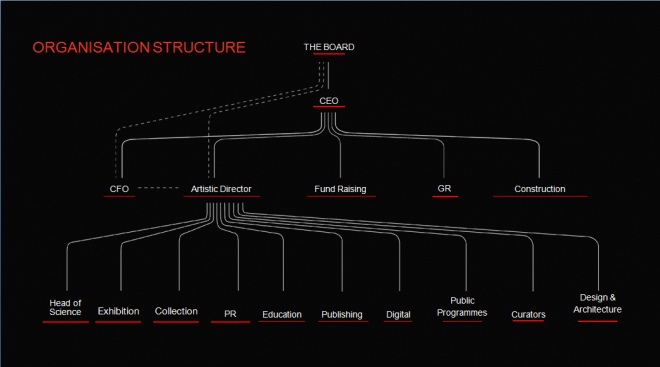
Milestones
Develop a shared creative and event vision of the Memorial and the surrounding area.
Create an architectural and exhibition briefs based on a common creative and eventful vision of the Memorial.
Involve the future visitor on the territory of the Memorial right now with the goal of building an audience, increase level of awareness and commitment to the project.
Shape public opinion in Ukraine.
Activate and involve international community and public opinion formation abroad.
Attract international artists through implementation of specific projects on the territory of the Memorial now.
Form informal creative ties and collaborations with local and international artists and cultural figures for their subsequent involvement in the project.
Develop reputable artistic and intellectual environment within the project to attract the best international experts, artists and culture figures.
Build a team to implement the milestones.
Build a management team based on the architectural and creative vision of the project.
Revise the project's communication strategy.
Supervise third party projects, which deepen the examination of the subject matter (for example, Sergei Loznitsa's Babyn Yar).
Necessary preliminary steps
Postpone the permanent museum opening until 2025.
Change the project's management.
